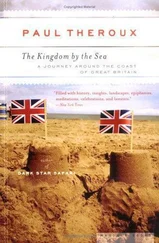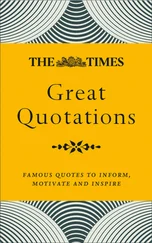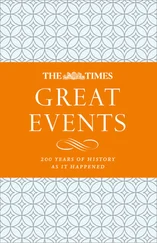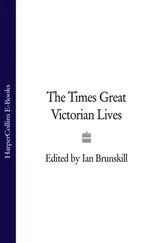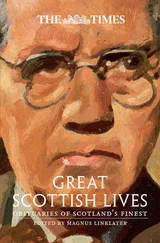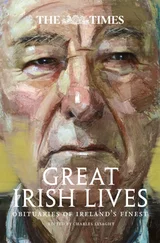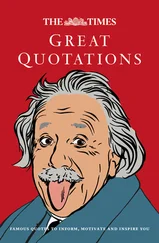In this group of varied and important publications he showed at once qualities of imagination and insight which were even more vital to his work than mathematical ability, which indeed was a necessary qualification but was not (by the highest standards) exceptional. It was also well for his immediate career that he had more than one contribution to offer.
As soon as the remarkable researches published by Einstein in 1905 became known many attempts were made to secure for him a professorial post. As a result of these efforts he became a Privatdozent at Berne in 1908 and Professor extraordinarius at Zürich in 1909. In 1911 he became Professor of Theoretical Physics at Prague, but returned to Zürich to the corresponding post in 1912. During 1913 Planck and Nernst persuaded Einstein to go to Berlin as director of the projected research institute for physics, as a member of the Royal Prussian Academy of Science and as a professor in the University of Berlin – with no duties or obligations. He occupied this post until 1933.
General Theory of Relativity
The ‘General Theory of Relativity’, published in 1916, was the fruit of many years of speculation by Einstein on the questions: ‘Can we distinguish the effects of gravitation and of acceleration?’ and ‘Are light rays bent by gravity?’ To answer these questions he was led to build a great and complex theory, which needs for its systematic expression a new mathematical discipline invented by Ricci and Levi-Civita. The divergences between the predictions of the planetary theory based on Einstein’s theory and those based on the classical theory of Newton are all extremely small, but in one case (the slow changes in the orbit of Mercury) Einstein’s theory provides an explanation which had never been found on Newtonian principles. Moreover, it successfully predicted the deflection of light from distant stars as it grazed the sun’s disc – an effect subsequently verified by British astronomical expeditions in 1919 – and also the reddening of light from very massive stars – which was much later confirmed by observations on the dark companion of Sirius. The success with which ‘general relativity’ gave quantitative predictions of the new phenomena has created a presumption in its favour which has substantially survived.
The application of general relativity to cosmology was implicit in Einstein’s original theory, but became explicit through a modification which he introduced into it in 1917. His contribution in this field was an attempt to provide an answer to an old and ‘insoluble’ problem: ‘How can the universe of stars be uniform in density, fill all space and yet be of finite total mass?’ The subsequent relation of observational evidence of ‘the expanding universe’ to the possible forms of theory that might be developed was done mainly by others, including Lemaître, de Sitter, and Eddington, to whom Einstein served as a stimulus.
During the 1914–18 war two other notable events occurred in his life – he refused to sign the ‘Manifesto of Ninety-two German Intellectuals’ which identified German culture and German militarism, and he contracted a second marriage, with his cousin Elsa. In 1921 he appeared publicly as a supporter of Zionism and he actively collaborated with Weizmann in the establishment of the University of Jerusalem. During the post-war years he travelled and lectured in Holland, Czechoslovakia, Austria, the United States (where he not only lectured on relativity but took part in Weizmann’s campaign for the Jewish National Fund), and England (where he lectured at King’s College, London, and calmed the fears of the Archbishop of Canterbury that relativity was a threat to theology). In 1922 he lectured in Paris, Shanghai, and Kobe, returning home via Palestine and Spain.
The Nobel Prize
In the same year he was awarded a Nobel prize, strangely enough, for his work in quantum theory, as the committee were not sure whether his theory of relativity was technically a ‘discovery’! He was awarded a Copley Medal by the Royal Society in 1925. He visited South America in 1925 and lectured at Pasadena (California) during the winters of 1930–31, 1931–32, and 1932–33. In the summer of 1932 he lectured at Oxford, and was made an honorary Doctor of Science. The great purge of Jewish scientists began under Hitler in 1933 and Einstein decided not to return to Germany, where scientific freedom had ceased to exist. He lived for some months at La Cocque in Belgium and resigned from the Prussian Academy. In the winter of 1933, at the invitation of Flexner, he emigrated to America and became a Professor at the Institute for Advanced Study at Princeton, a post which he held until 1945. His second wife, Elsa, had died in 1936.
Indeterminacy Opposed
In his later years he was venerated – and loved – but became somewhat isolated in his work from the main stream of modern physics. Remembering his early contribution to the quantum theory, it might have been supposed that he would have accepted readily the principle of indeterminacy, which came to play so large a part in it, and that, in his quest for a further unification of the laws of Nature, he would have tried to weld together the discontinuous and indeterminate picture given by the quantum theory with the continuous and determinate picture of relativity. But for Einstein physics was firmly rooted in causality; God did not play at dice, and he would not admit the ultimate validity of any theory based on chance or indeterminacy. The quantum theory remained, therefore, for him as a passing phase, however important to working physicists. Instead, he attempted further generalizations of relativity, which should incorporate both gravitation and electromagnetism, together with the nuclear fields of force. This work, however, has received no better reception than have all other ‘unified field theories’.
When we consider the basic character of the problems he attacked, the vast cosmical scale on which he worked, and his immense influence on physical cosmology as well as physics, we can only compare Einstein with Newton. If Newton’s central achievement was to establish the reign of gravitation in its full simplicity and universality, the essence of Einstein’s work was to reveal gravitation as a phenomenon expressible in terms of world geometry.
An actor of authority
14 January 1957
Mr Humphrey Bogart, the American actor, died yesterday in Hollywood. He was 57. For over 20 years – since his playing of the Dillinger-like part of Duke Mantee in The Petrified Forest, which won him much praise – his seamed, sardonic cast of countenance and mordant tongue had been familiar to cinema audiences all over the world.
Bogart was born in New York on June 23, 1899, the son of Dr Belmont Bogart, a physician, and his wife, who as Maud Humphrey had made a name for herself as a watercolour artist and commercial illustrator. He was educated at Trinity School, New York, and at Phillips Academy, Andover, Massachusetts, whence he was destined to go to Yale, but this intention was not fulfilled. The United States had entered the First World War and Bogart joined the Navy. He had always been attracted to the theatre and as soon as the war ended he joined the staff of a promoter of theatrical ventures as manager of a travelling company. But he was determined to act and made his way to New York, where he made his first appearance in 1922 in Drifting.
Thereafter he appeared regularly in plays and it was not until 1930 that he went to Hollywood. Of his first efforts he himself later said they were ‘a flop’. He returned to the stage and it was only after the success of the play The Petrified Forest that he again turned to the screen, to make an immediate impact with the film of the play with Leslie Howard and Miss Bette Davis.
Читать дальше

